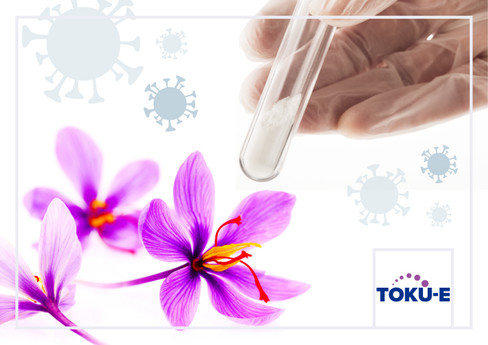Derived from the autumn crocus in 1500 BC, Colchicine is one of the oldest anti-inflammatory agents and is commonly used for gout suppression and other inflammatory conditions. Recently, it has found new purpose in studies with the coronavirus, SARS-CoV2, the causal agent of COVID-19. The ColCorona trial (after Colchicine Coronavirus) with over 4500 people, a phase 3, randomized, double-blind, placebo-controlled, multicenter trial with adults over 40 years old, who were diagnosed with COVID-19 who were not currently hospitalized, but also had at least one high-risk factor were involved in the trial. The trial was undertaken by Dr. Jean-Claude Tadif at the Montreal Heart Institute. It was funded by government of Quebec, the US National Heart, Lung, and Blood Institute, philanthropist Sophie Desmarais, and the Covid-19 Therapeutics Accelerator launched by the Bill&Melinda Gates Foundation, Wellcome, and Mastercard. They were given 0.5 mg of Colchicine twice daily for 3 days followed by a once-a-day dose (or placebo) for 27 days) found that the rate of hospitalization or death was 21% lower among patients who received the compound. The study was clinically persuasive, and results are intended to be published in a peer-reviewed journal.
A word of caution: ingesting the autumn crocus itself is poisonous and can lead to multi-organ failure. An article in the Journal of Acute Medicine from 2015 reports a 63-year old woman who accidentally ingested this plant became severely poisoned and landed herself in intensive care. She later recovered, but it is not a recommended course of self-treatment for coronavirus.
References
ClinicalTrials.gov [Internet]. Bethesda (MD): National Library of Medicine (US). 2000 Feb 29 . Identifier NCT04322682, Colchicine Coronavirus SARS-CoV2 Trial (COLCORONA) (COVID-19); 2020 March 26 [cited 2021 Jan 26][~ 6 pages]. Available from: https://clinicaltrials.gov/ct2/show/NCT04322682
Kyan R et al (2015) Severe accidental colchicine poisoning by the autumn crocus: A case of successful treatment. J. Acute Med. 5(4):103-106 Link

